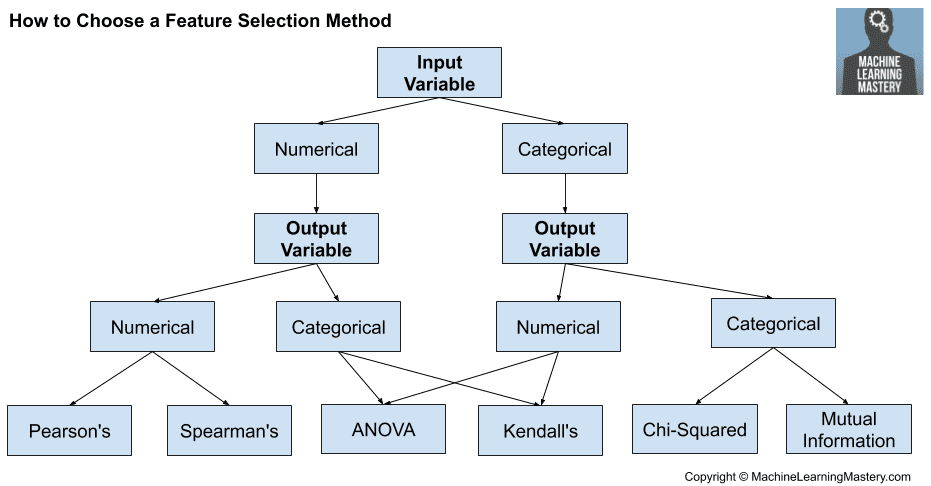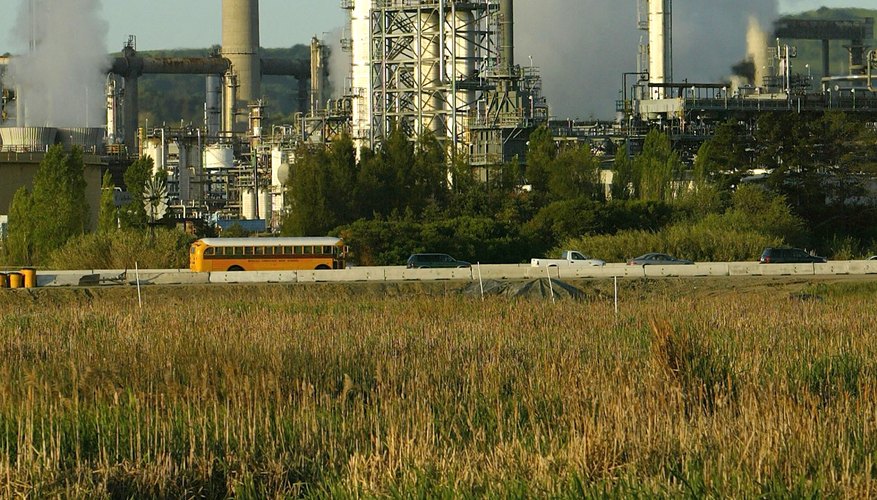

- Stat transfer variables in rows not columns how to#
- Stat transfer variables in rows not columns mod#
- Stat transfer variables in rows not columns registration#
For example, if you have school names in column A, freq of particular symptom in column B and you want to get the total number of health room visits from columns E (while D has the corresponding school name), you need to select both column D and E for the second condition (not just one column), then put 1 for the index number. By default, Stat/Transfer will attempt to determine whether or not the data in the first non-blank row (or the first row of a specified range) are variable names or the first row of data. Make sure to remember that you need to select the complete range of columns for the lookup. For example if your INDEX is in column B and your VALUE (ie name) is in column E, you should write 4 here).

The third value, 5 is the column number after the index.

'Sheet1' in the first workbook ('GO257.xlsx') is before adding two additional columns, and in the second workbook ('GQ257.xlsx') is after adding the two. The second term, B2:K41 is the range of source data in which the first column includes your INDEX variable. Using the two attached Excel workbooks, which I believe replicate your conditions, Stata does not have a problem importing the worksheets beginning with the variable names in the second row. Unlike table, index, or column statistics, Oracle does not invalidate. You can also provide a value here, but giving a cell address makes it easier to copy a range. Selectivity is the fraction of rows in a table that the SQL statements predicate.
Stat transfer variables in rows not columns registration#
In this example O2 (the first condition) is the address of the value that you want to MATCH, for example registration number, ssn etc. PMM basically chooses the most correlated variable for the variable with missing value and predicts the missing values using regression techniques. Here pmm (predictive mean matching) is used for both the variables Ozone and Solar.R.
Stat transfer variables in rows not columns how to#
Following are examples of how to create new variables in Stata using the gen (short for generate) and egen commands. Cells cannot be protected, hence you have to be very careful when you use vlookup.Įxample of VLookup with data in 2 different sheets. The imputation method of each variable is also stated. Create a new variable based on existing data in Stata.

Excel cares about trailing spaces but does not care for difference in CASE and the type of the cell. To keep track of what changes has been made it is a good idea to use the "TRACK CHANGES" feature. Linked files get updated even if they are not open. This column number is counted from the column where you "looked" for the index variable. remember the column number you want to retrieve. character vectors, containing column names, instead of unquoted column names. If the index variable does not match, Excel will return #NA. each column represents a variable and each row represents an observation. with the option, clear being required as a reminder that the resulting data set will replace the original data set in the memory in other words, the original data set will be lost unless it is saved prior to the transposition. The formula will return a "0" (without quotes) if the index variable was matched but there as not corresponding value to return. That is, the values of any given row in the original data will end up in a column, and vice versa. It is really one of the most powerful features of MS Excel. You can override using the `.groups` argument.
Stat transfer variables in rows not columns mod#
#> # A tibble: 3 x 2 #> # Groups: cyl #> cyl rmse #> #> 1 4 3.01 #> 2 6 0.985 #> 3 8 1.87 mods %>% summarise (rsq = summary ( mod ) $ r.squared ) #> `summarise()` has grouped output by 'cyl'. The default is to Cluster variables, which is what should be selected to create a clustered bar. Mods %>% summarise (rmse = sqrt ( mean ( ( pred - data $ mpg ) ^ 2 ) ) ) #> `summarise()` has grouped output by 'cyl'. Move the column containing row labels into the Row labels box.


 0 kommentar(er)
0 kommentar(er)
